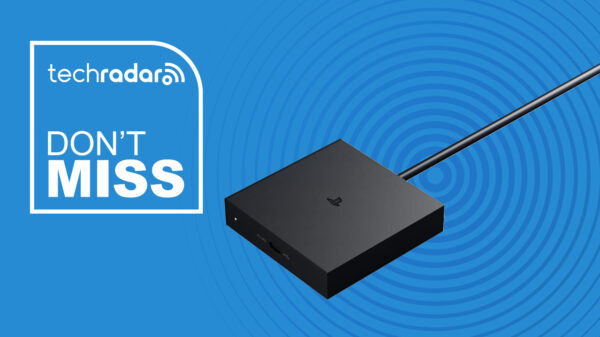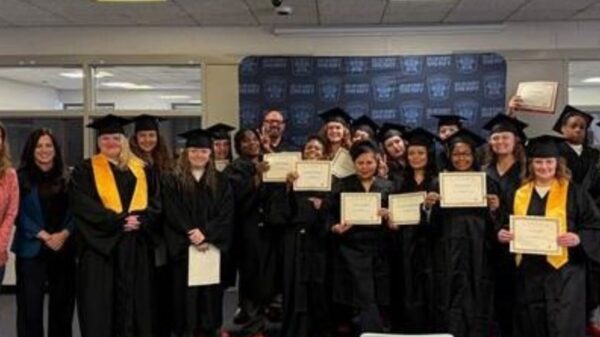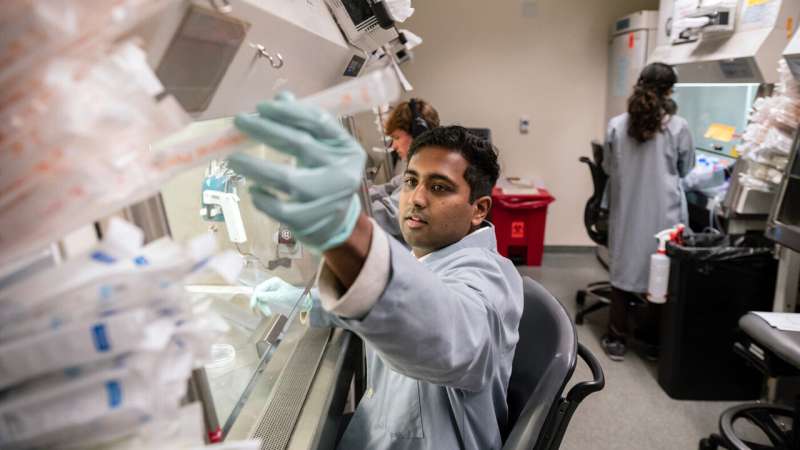The use of the gene editing tool CRISPR-Cas9 is advancing the field of genetic therapies, but new research has highlighted significant challenges when it comes to addressing brain-related genetic disorders. A study published on November 18, 2025, in *Nature Communications* reveals that neurons and other nondividing cells respond differently to CRISPR-Cas9 gene editing compared to dividing cells. This finding could reshape the design of future gene editing therapies.
Leading the study, Dr. Bruce Conklin, a senior investigator at the Gladstone Institutes, emphasized the importance of understanding how a cell’s DNA is repaired after being cut by CRISPR. “If we want to ensure genome edits result in the right outcomes, we need to understand and control how the cell’s DNA is repaired,” he stated. The research team included scientists from the Innovative Genomics Institute and UC Berkeley.
Distinct Responses in Neurons and Dividing Cells
Gene editing employs a protein called Cas9, which acts as molecular scissors to alter DNA sequences. Previous research largely focused on dividing cells, but Gokul Ramadoss, a Ph.D. candidate and the study’s first author, noted that “the rules of genome editing are different in nondividing cells like neurons.” The research indicates that neurons have unique DNA repair mechanisms that significantly influence their response to CRISPR-Cas9 cuts.
To explore this difference, the researchers first needed to deliver controlled amounts of CRISPR-Cas9 into neurons. Dr. Jennifer Doudna, a Nobel Prize winner for her role in discovering CRISPR technology, collaborated with Conklin to develop nanoparticles that safely transport gene editing molecules into cells. This breakthrough allowed the team to investigate neuronal responses to Cas9 cuts.
Implications of Prolonged DNA Damage
The researchers generated neurons from induced pluripotent stem cells (iPS cells), which can be derived from human skin or blood samples and transformed into various cell types. By comparing the responses of dividing iPS cells and nondividing neurons, the team found that while Cas9 editing lasted a few days in dividing cells, it persisted for up to a month in neurons.
“This could be an important safety consideration,” Conklin explained. The extended presence of Cas9 in neurons increases the likelihood of making both on-target and off-target edits. This factor must be accounted for in the design of gene editing therapies.
Once Cas9 cuts were resolved, the repaired DNA sequences in neurons exhibited limited diversity compared to those in dividing cells. Conklin likened this to a scenario where a masterpiece is damaged: “Would you rather have many different people trying to put it back together all at once, or one dedicated expert who repairs it the same way every time?” The results suggest that the fewer repair options available in neurons could lead to more predictable and precise editing outcomes.
Interestingly, the study also uncovered that edited neurons activated specific DNA repair genes previously thought inaccessible to nondividing cells. This revelation offers new strategies to guide neurons toward more favorable editing results. “We also showed that these new strategies can be used in other important nondividing cells, including heart muscle cells,” Conklin noted.
Advancing Gene Editing Techniques
While the researchers continue to explore why neurons activate unexpected repair genes, they have developed innovative methods to control these processes. Collaborating with Niren Murthy, a professor of bioengineering at UC Berkeley, the team created lipid nanoparticles that can co-deliver gene editing tools alongside molecules designed to inhibit specific repair genes in neurons.
This combined approach allows for precise cuts in DNA while managing how those cuts are repaired. Ramadoss likened this progress to performing surgery on the genome, stating, “Before, we could make an incision but we couldn’t control how the DNA gets stitched up afterward.”
The platform developed in this research can be applied to various gene editing proteins, cell types, and diseases. Conklin stressed the ultimate aim: “Our goal is to precisely control the gene editing process to deliver life-changing therapies.” With these new tools, researchers are better equipped to ensure successful and safe gene editing outcomes.







































































